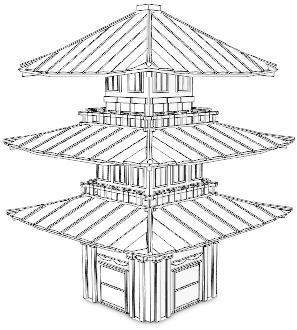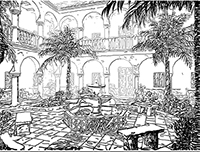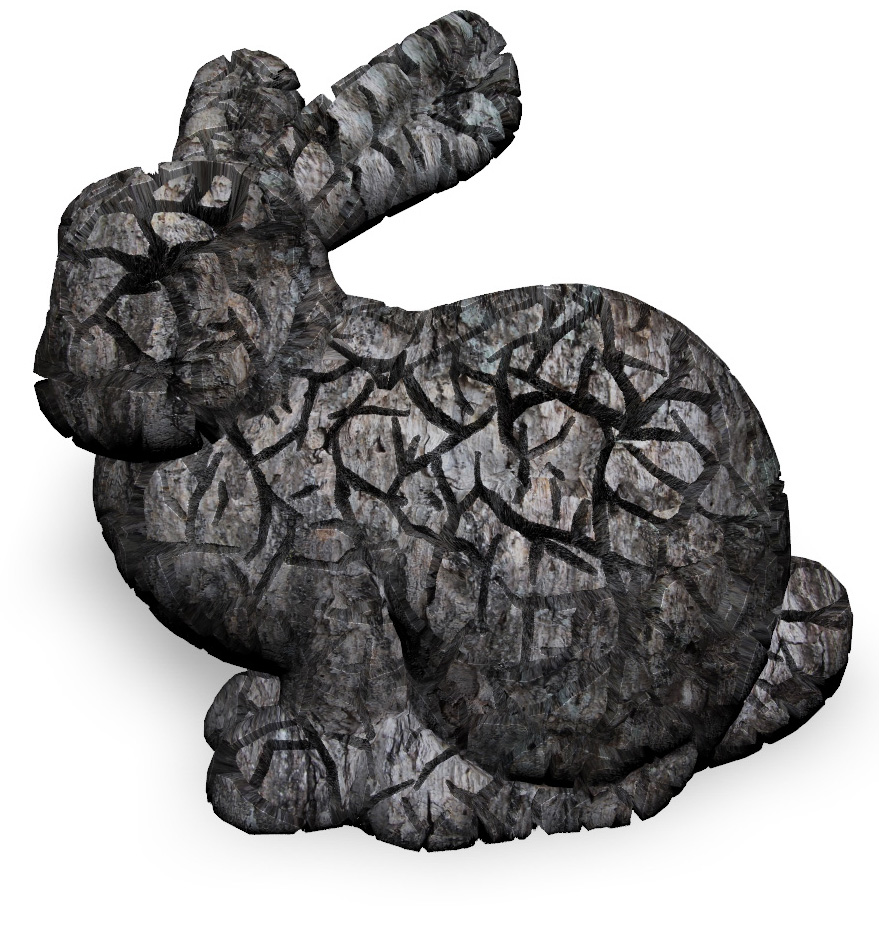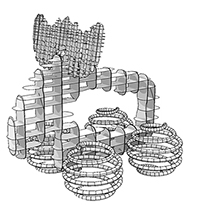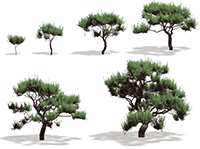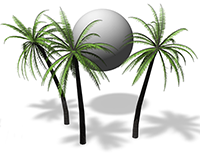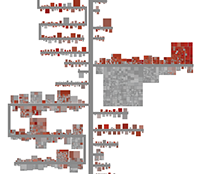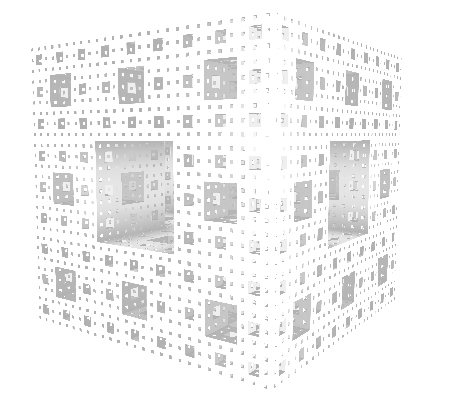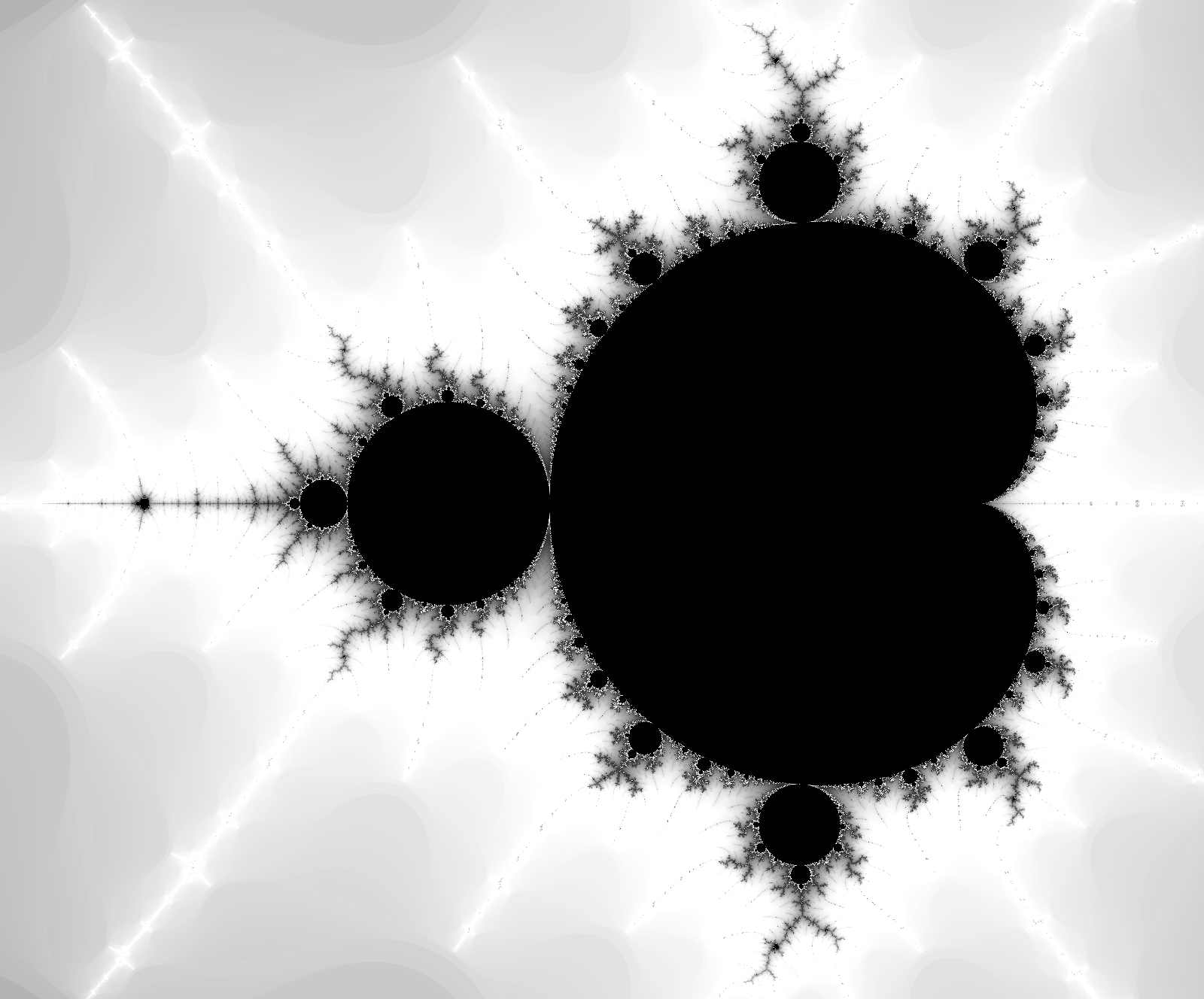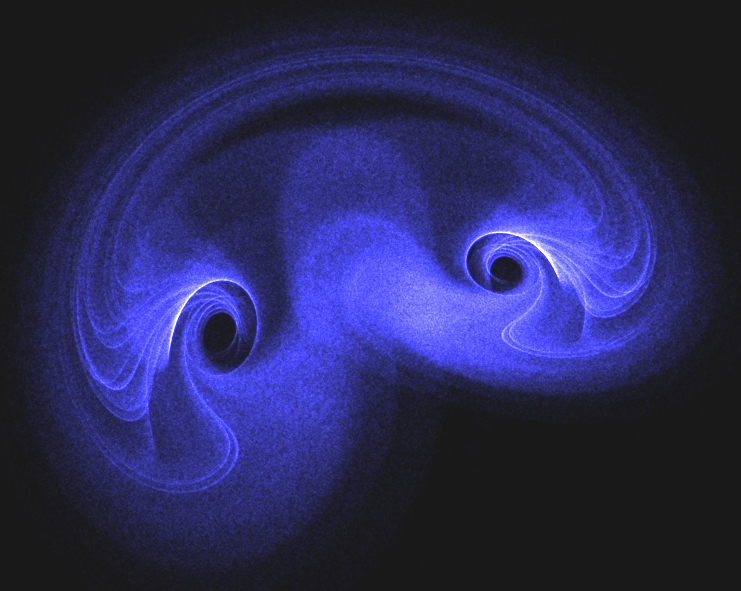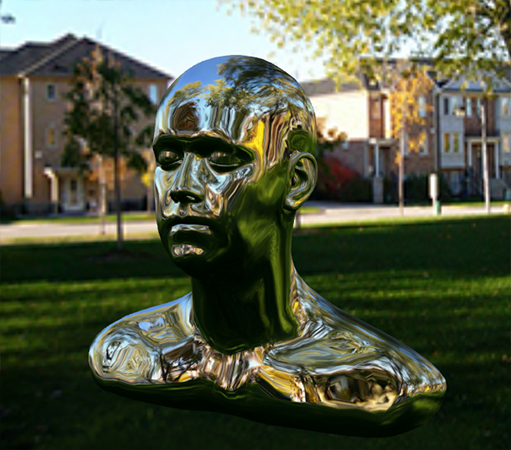Hi there!
My name is Julian Kratt and currently I'm working as a senior software developer at the Robert Bosch Campus in Renningen in the Car Multimedia division. I did my PhD at the Visual Computing department at the University of Konstanz and my advisor was Prof. Dr. Oliver Deussen. I'm interested in computer graphics, especially the efficient modeling and rendering of natural phenomena. My research interests also included non-photorealistic rendering of images and the abstraction and simplification of geometric shapes. An overview of my publications can be found here.Previously, I studied computer science, also at the University of Konstanz, with a focus on efficient rendering and modeling of the interaction between botanical tree models and their environment. During my studies I gained experience as a research assistant at the Visual Computing Group and as a software engineer at Laubwerk GmbH and Bauknecht Softfolio.PPS. Full cv upon request.
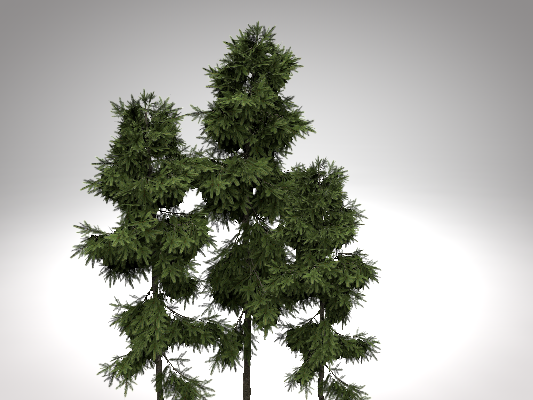
Hi there!
My name is Julian Kratt and currently I'm working as a senior software developer at the Robert Bosch Campus in Renningen in the Car Multimedia division. I did my PhD at the Visual Computing department at the University of Konstanz and my advisor was Prof. Dr. Oliver Deussen. I'm interested in computer graphics, especially the efficient modeling and rendering of natural phenomena. My research interests also included non-photorealistic rendering of images and the abstraction and simplification of geometric shapes. An overview of my publications can be found here.Previously, I studied computer science, also at the University of Konstanz, with a focus on efficient rendering and modeling of the interaction between botanical tree models and their environment. During my studies I gained experience as a research assistant at the Visual Computing Group and as a software engineer at Laubwerk GmbH and Bauknecht Softfolio.PPS. Full cv upon request.
Personal
| 2018 - present | Senior Software Developer, Robert Bosch GmbH, Renningen, Germany |
| 2018 | PostDoc, Visual Computing Group, University of Konstanz, Germany |
| 2013 - 2018 | PhD Student, Visual Computing Group, University of Konstanz, Germany |
| 2010 - 2013 | Student in Information Engineering (Master), University of Konstanz, Germany |
| 2011 | Research Intern, HPCG Lab, Purdue University, USA |
| 2010 | Software Engineer, Laubwerk GmbH, Germany |
| 2007 - 2010 | Student in Information Engineering (Bachelor), University of Konstanz, Germany |
| 2009 | Working Student, Bauknecht Softfolio.PPS, Customer Support and Software Engineer, Germany |
| 2007 | Abitur (A levels), Gymnasium Schramberg, Germany |
Teaching
| 2018 |
Seminar: Current Trends in Computer Graphics, Teaching Assistant |
| 2017 |
Computer Graphics and Interactive Systems, Teaching Assistant |
| 2015 | Computer Graphics and Interactive Systems, Teaching Assistant |
| 2014 |
Modeling in Computer Graphics, Teaching Assistant Computer Graphics and Interactive Systems, Teaching Assistant |
| 2013 |
Modeling in Computer Graphics, Teaching Assistant Seminar: Current Trends in Computer Graphics |
| 2012 |
Modeling in Computer Graphics, Teaching Assistant |
